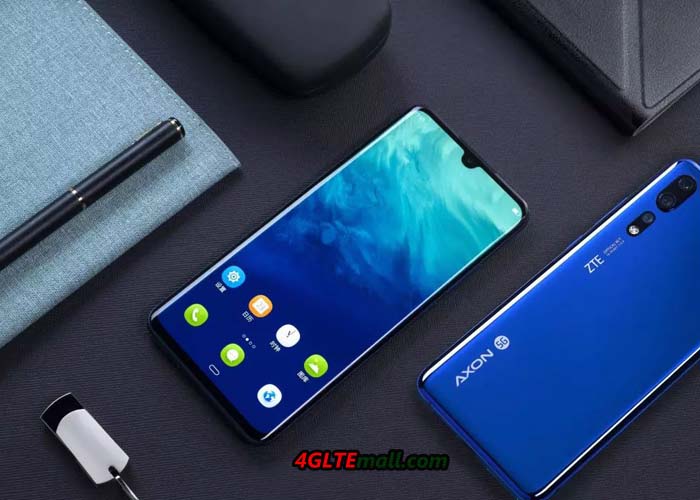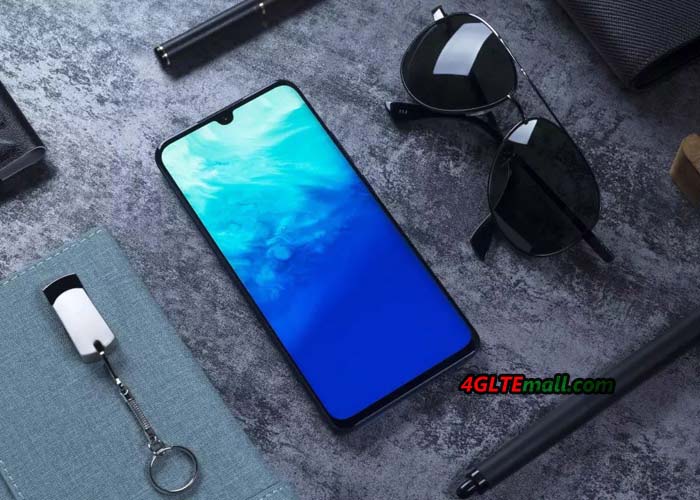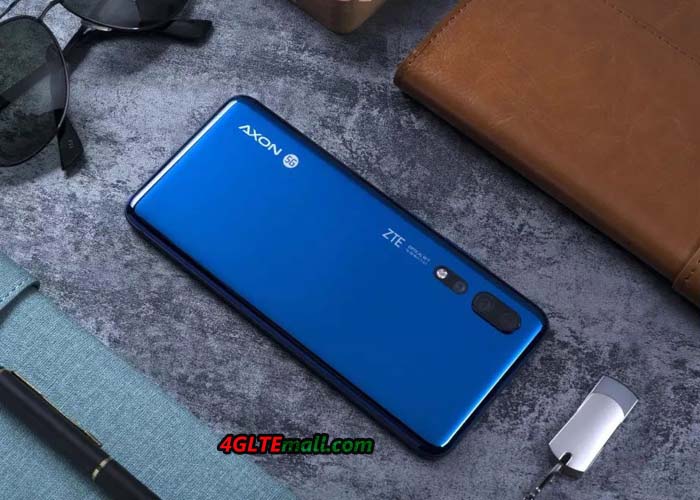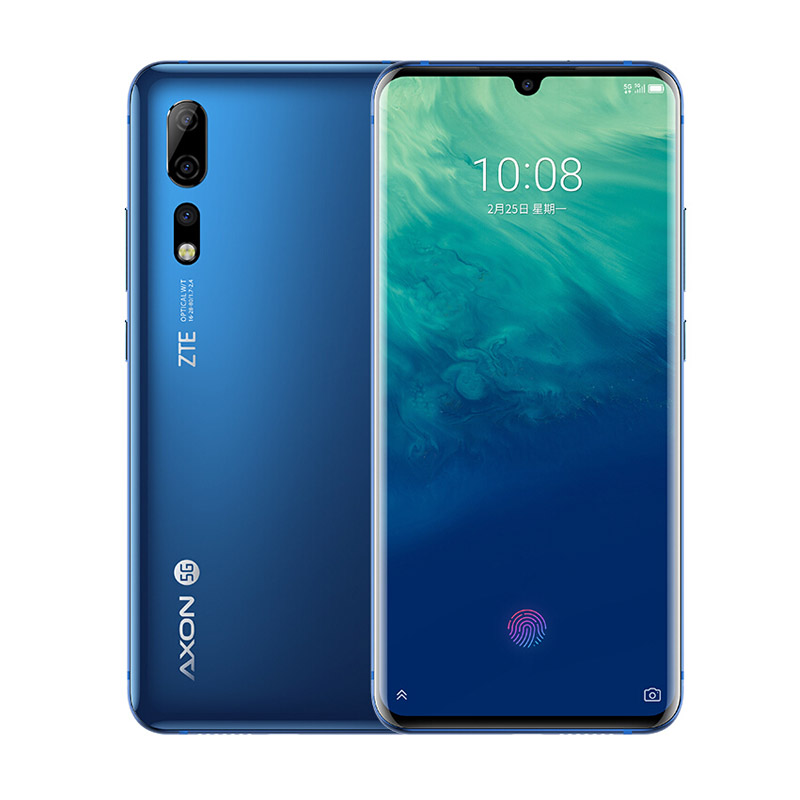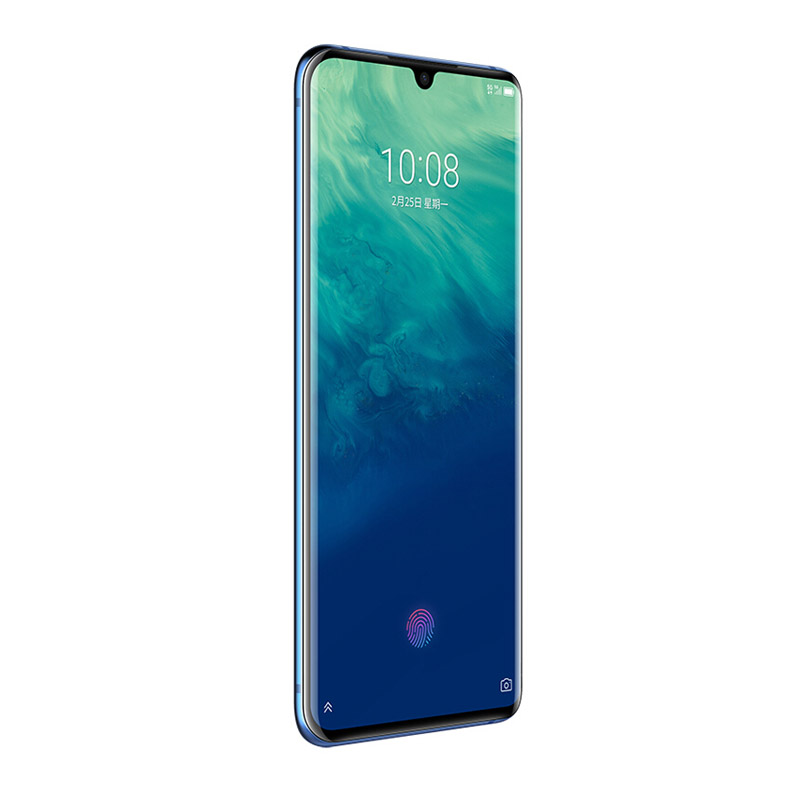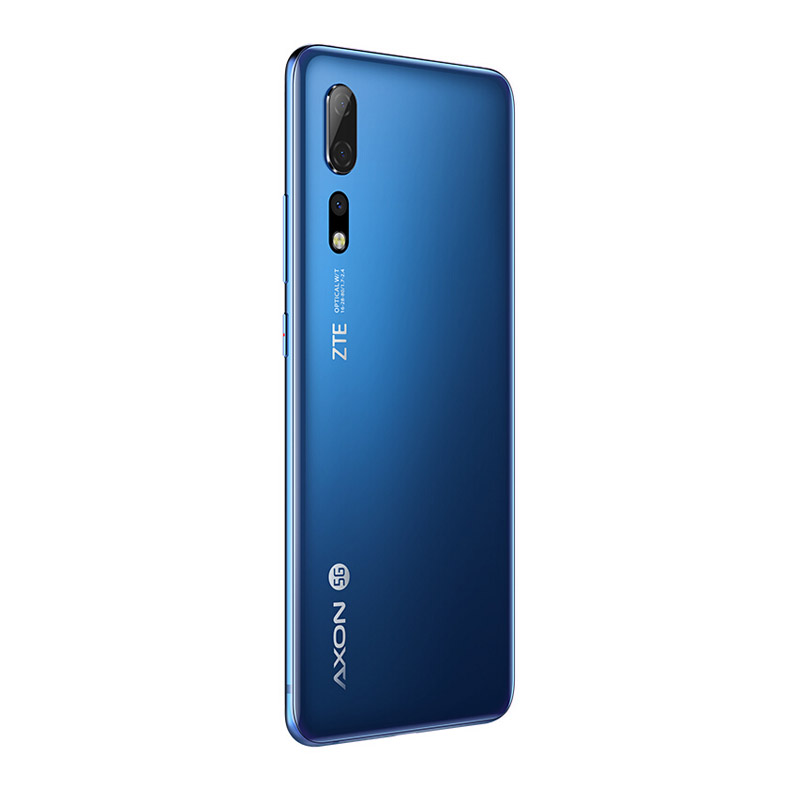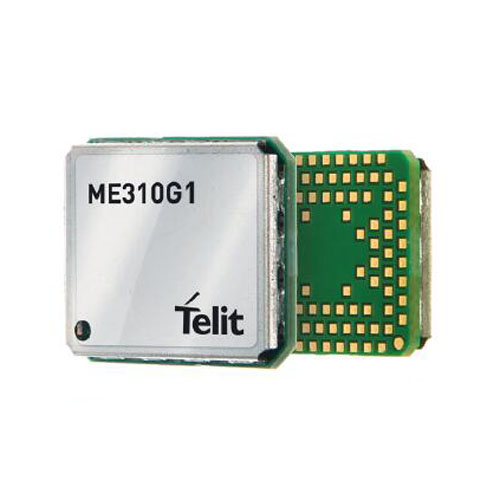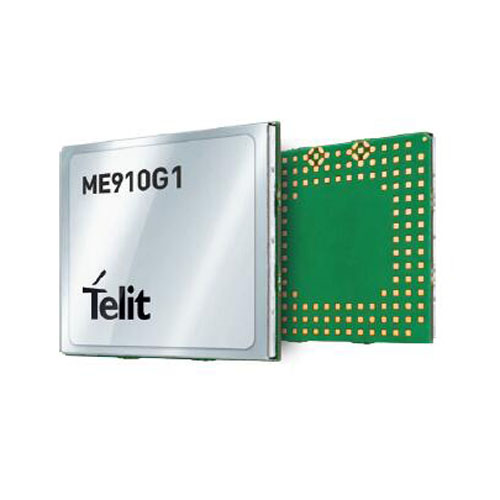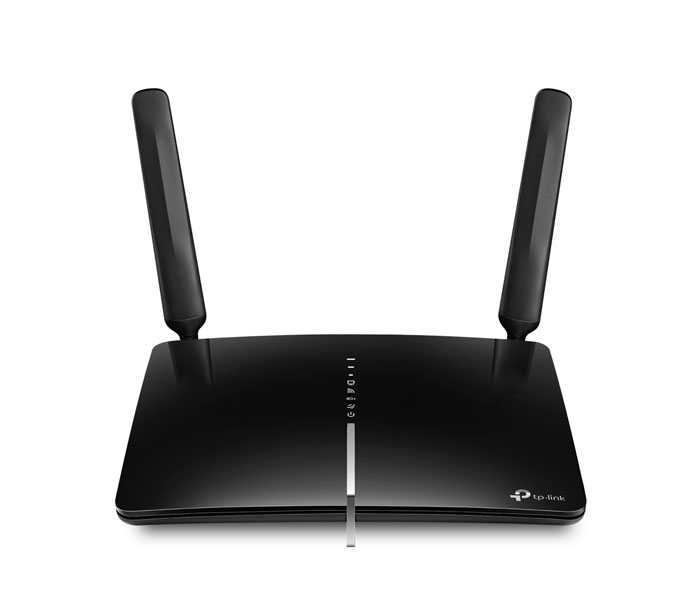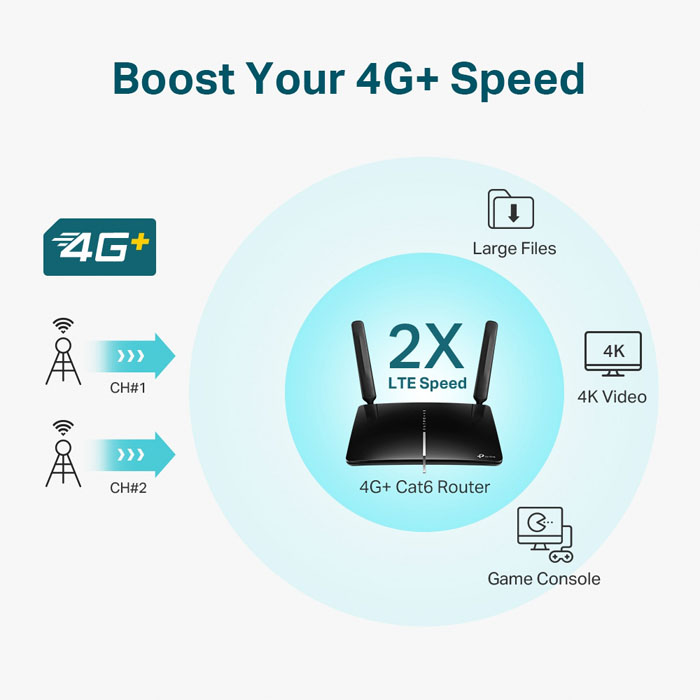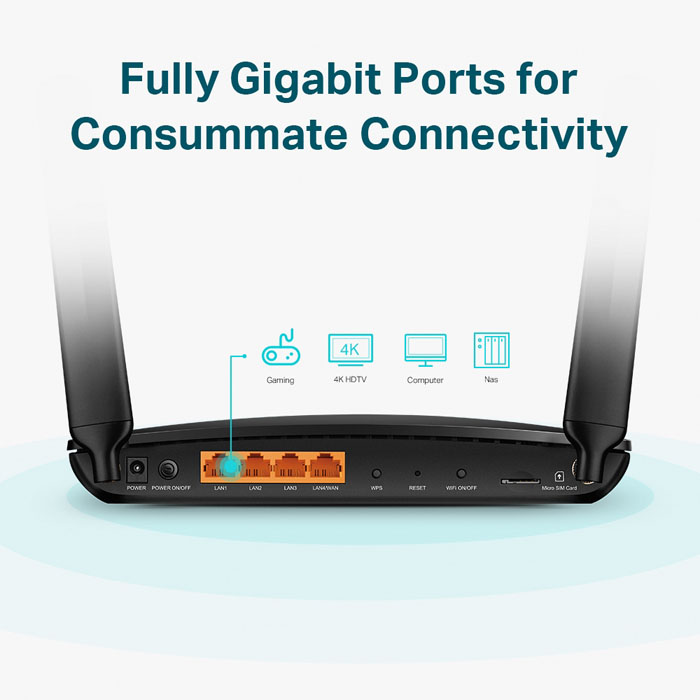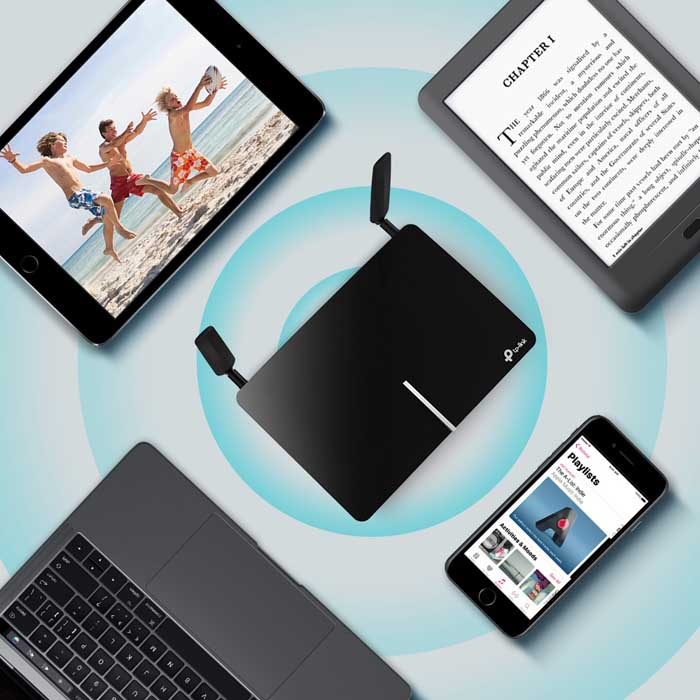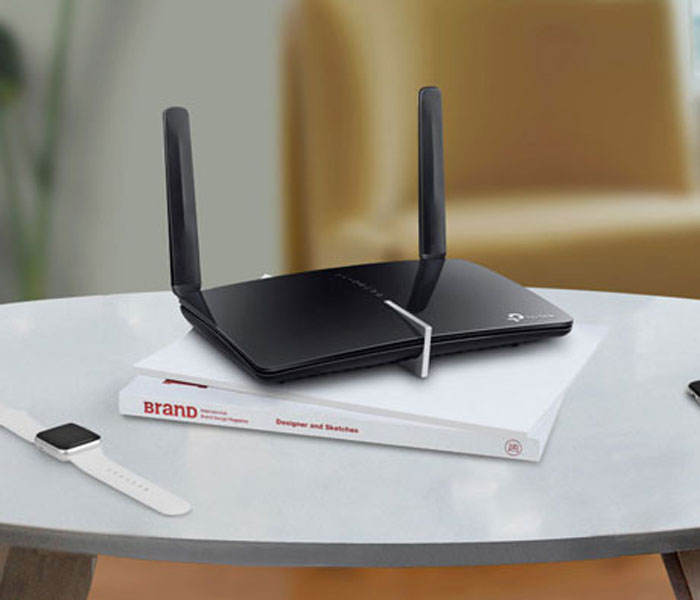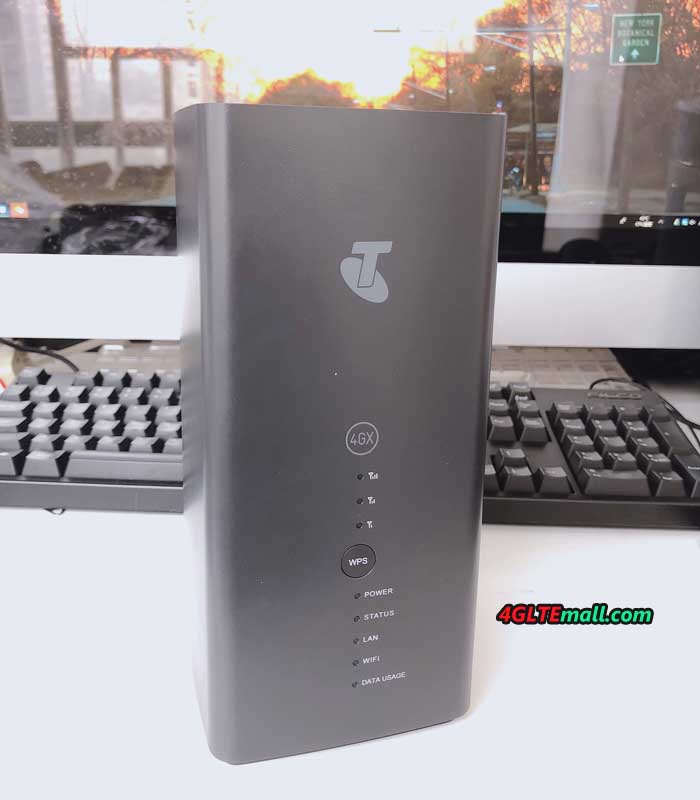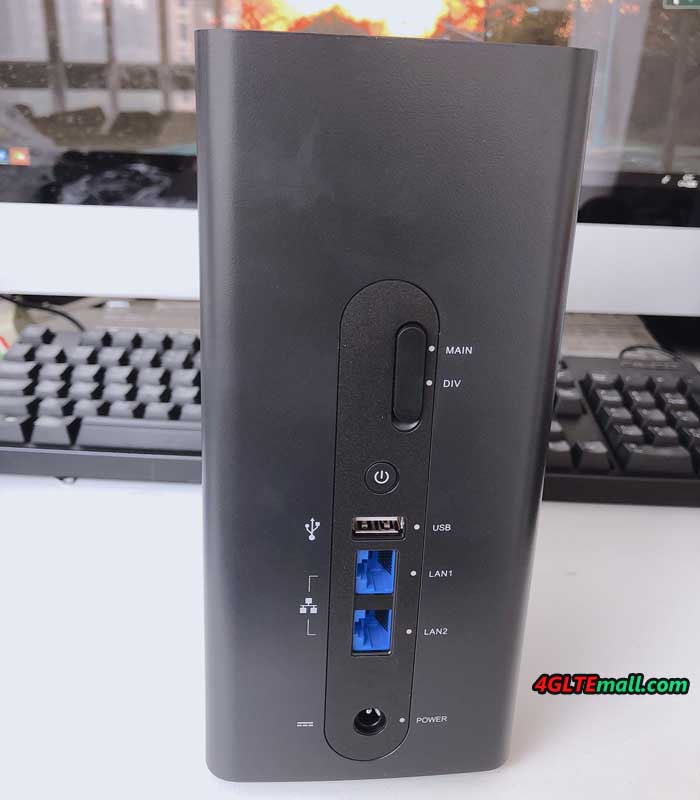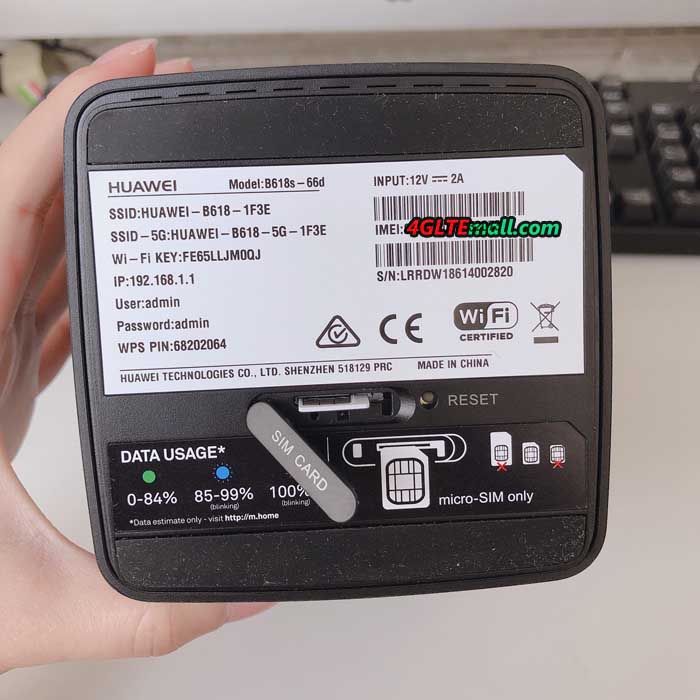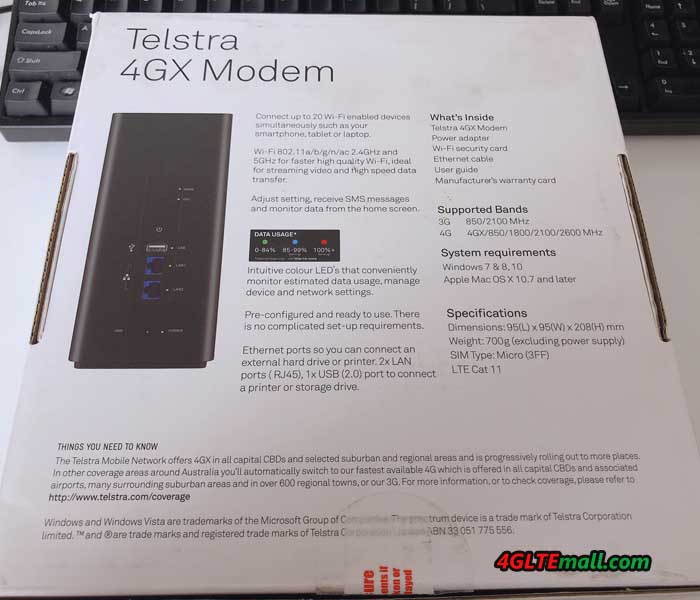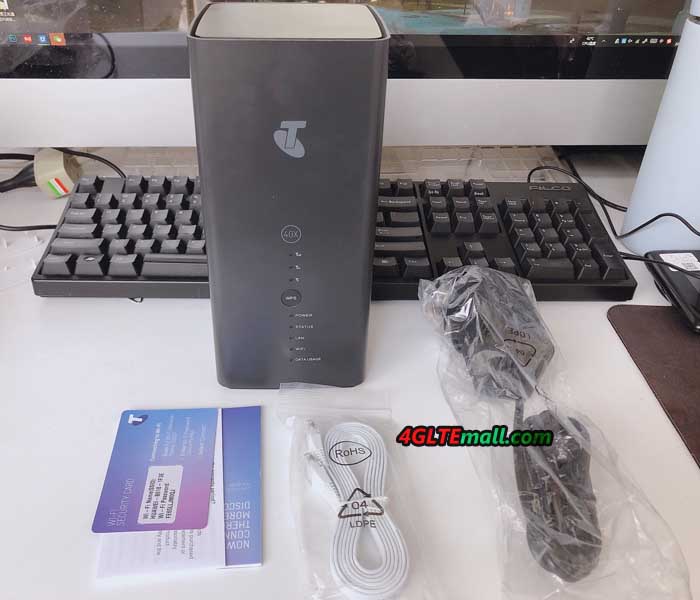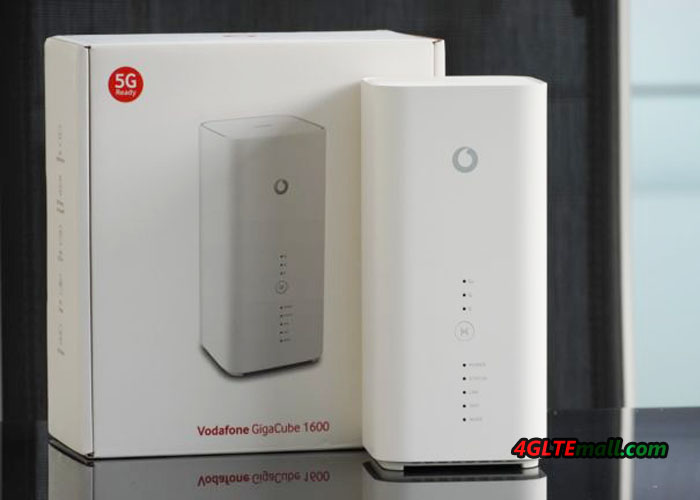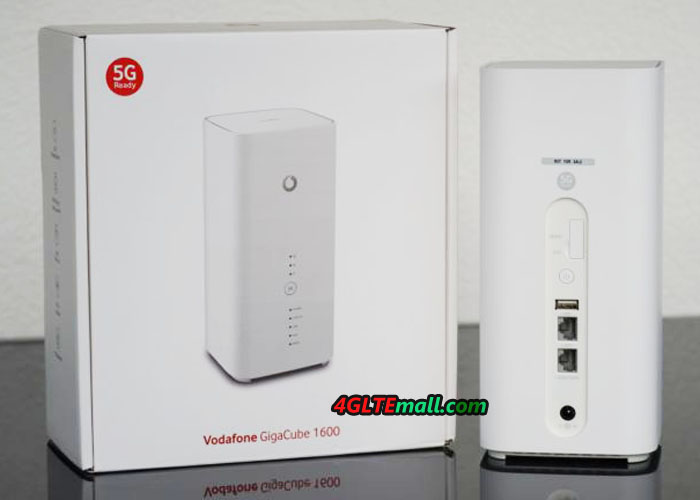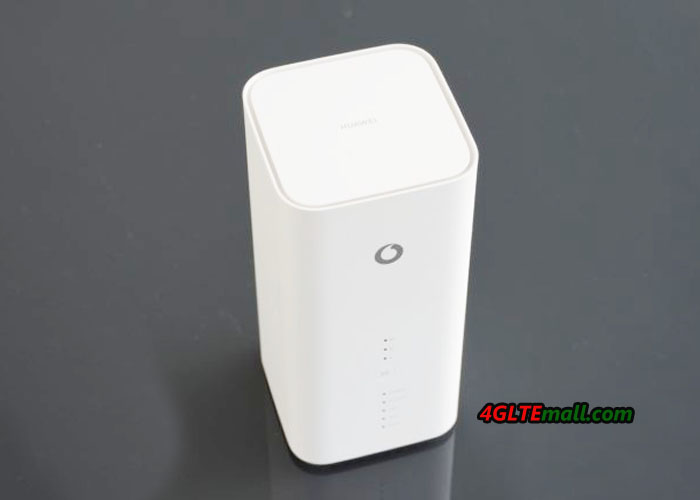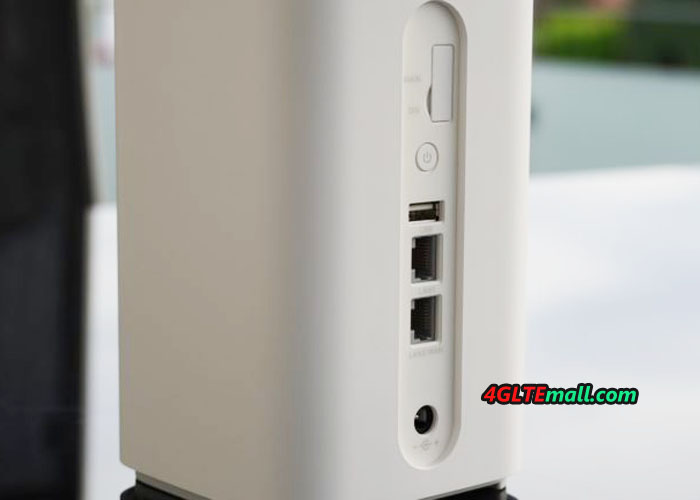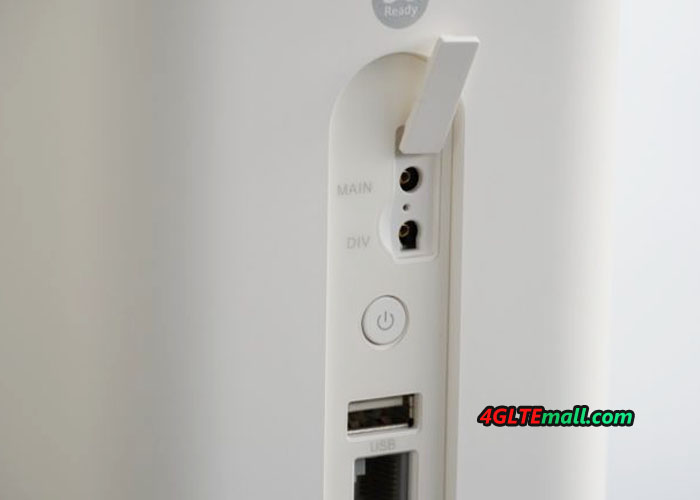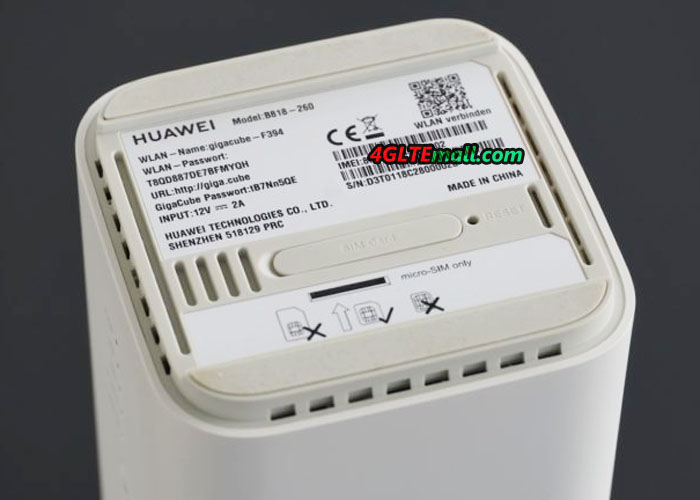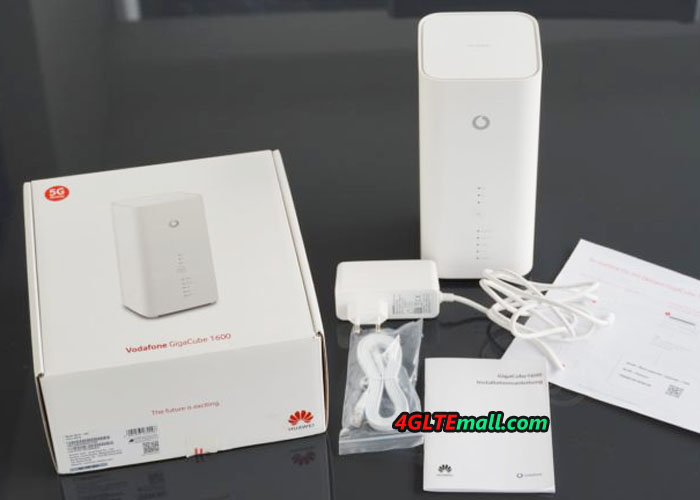ZTE Axon 10 Pro 5G – A pioneer in 5G technology
ZTE Axon 10 Pro 5G smartphone is the latest 5G cell phone which offers faster data transfer, higher performance, and better gaming capabilities, according to the new 5G standard. The ZTE Axon 10 Pro 5G delivers ultra fast uploading and downloading speeds. In April, this smartphone’s 5G flagship achieved 2Gbps download speeds on a 5G network based on EN-DC technology. This means that the phone will download a 1GB 1080p movie in just four seconds (calculated on the theoretical maximum download speed of the 5G network). The phone also offers top-notch performance on a 4G network.
Special design for cooling the phone
Externally, the ZTE Axon 10 Pro 5G smartphone is similar to the 4G version, especially in terms of size and thickness. Inside, however, it is quite unique. When designing the 5G phone, ZTE engineers successfully tackled a number of technical challenges related to the 5G innovation, such as electromagnetic compatibility, antenna, power consumption and overheating. For example, the ZTE Axon 10 Pro 5G features a new antenna slot and a Smart SAR solution. A typical problem with smartphones is that when used under high load for a long period of time, the processor becomes overheated. This will reduce performance and reduce the user experience. ZTE has solved this by using liquid cooling technology and composite heat materials in their phones.
The first Qualcomm Snapdragon 855 smartphone with F2FS file system and AI Performance Engine
The ZTE Axon 10 Pro 5G is the world’s first Qualcomm Snapdragon 855 smartphone with F2FS file system. It improves storage and memory capacity such as file read speed, random 4k read and write speed, storage power and access speed. The Axon 10 Pro 5G utilizes an intelligent anti-fragmentation mechanism that effectively solves the problem of freezing Android smartphones.
In addition, the phone utilizes artificial intelligence-based optimization and other technologies to give users an even faster user experience. The next-generation Artificial Intelligence engine provides faster start-up speed (up to 30% faster). Usage-based learning and application preloading ensure a seamless, seamless user experience within 20 months of phone deployment. The ZTE Axon 10 Pro 5G phone also features faster, more accurate fingerprint recognition, which unlocks in as little as 0.272 seconds.
Unmatched gaming experience and 4,000mAh battery
The ZTE Axon 10 Pro 5G smartphone offers users a very enjoyable gaming experience with enhanced image processing. This allows the game to be downloaded faster and the screen refresh rate can be increased to over 60 frames per second. The phone also has an enhanced connection for stronger signal and low latency (up to 60% under heavy load) and a cooling system that dissipates heat quickly and avoids overheating delay.
Powered by ZTE’s smartphones, the 5G flagship utilizes a large number of small components in a highly accurate and integrated sandwich design. This design leaves extra space for a 4000mAh battery that supports USB 3.1 fast charging and Qualcomm Quick Charge 4+.
The ZTE Axon 10 Pro Series is characterized by a compact, curved design. The phones are equipped with an AMOLED display and an exceptionally narrow bezel with hidden sensors. The small case also offers a wider and deeper view than other smartphones, thanks to its 6.47-inch display (screen-to-frame ratio of 92%), high resolution, and dot density (2,340 x 1080 FHD). The ZTE Axon 10 Pro 5G Series offers an incredible shooting experience with the AI Triple Camera. It has a 48 megapixel main camera with an f/1.7 aperture and a 6P lens, a 20 megapixel and 125 degree wide angle lens, and an 8 megapixel remote camera with an f / 2.4 aperture. In addition, users can enjoy stunning audio from the ZTE Axon 10 Pro series with dual speakers, Dual SmartPA and DTS: X Ultra.
ZTE Axon 10 Pro 5G Specs:
Display
- 47 inch FHD + (2340×1080) display, water drop, AMOLED
Operating system
- Android 9 Pie
Memory
- 256GB internal storage
- 8 GB RAM
System on Chip
- Qualcomm Snapdragon 855 + SDX50M
Cameras
- Rear Cameras: 48 MP f/1.7 + 20 MP 125 Wide Angle f/2.2 + 8 MP Remote Camera f / 2.4
- Front camera: 20 MP f/2.0
Battery
- 4000 mAh, QC4+
Maximum data rate
- Support for high-speed 5G and 4G connectivity
Connections and connections
- Wi-Fi 802.11 a/b/g/n/ac (2 x 2 MIMO)
- Bluetooth 5.0
SIM-card
- One Nano SIM
Change:
- Screen fingerprint recognition
- Super linear dual speaker with Dual SmartPA, DTS: X Ultra
- Face ID
- GPS, A-GPS, BeiDou, Galileo and GLONASS
- Accelerometer
- Distance sensor
- RGB light sensor
- Compass
- GyroMeter®
- Hall sensor
Dimensions and weight:
- 2 x 73.4 x 7.9mm
Warranty:
- 24 months
Following the ZTE Axon 10 Pro 5G, the competitor Huawei presented the new 5G smartphone Huawei Mate 20 X 5G with advanced 5G technology and Huawei Balong 5000 chipset. If you are also interested in this new phone, you may check it here: https://www.4gltemall.com/huawei-mate-20-x-5g.html
